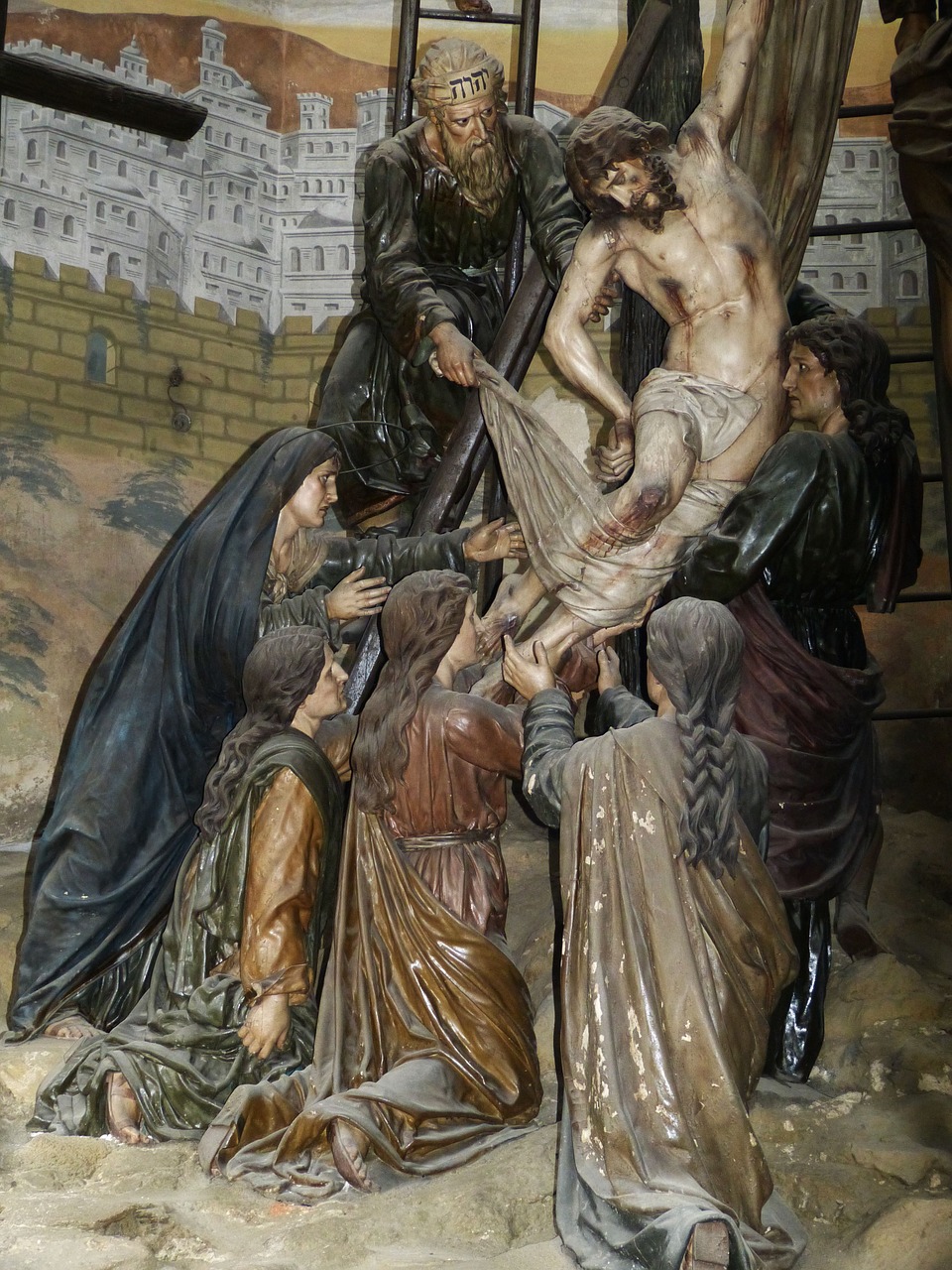

Driven by the Spirit into the desert, Jesus remains there for forty days without eating he lives among wild beasts, and angels minister to him. The Gospels speak of a time of solitude for Jesus in the desert immediately after his baptism by John. The Catechism of the Catholic Church states: Luke, it is plain that these sacred writers intended to describe an actual and visible approach of Satan, to chronicle an actual shifting of places, etc., and that the traditional view, which maintains the objective nature of Christ's temptations, is the only one meeting all the requirements of the Gospel narrative." "Despite the difficulties urged, …against the historical character of the three temptations of Jesus, as recorded by St. The Catholic understanding is that the temptation of Christ was a literal and physical event. The debate on the literality of the temptations goes back at least to the 18th-century discussion of George Benson and Hugh Farmer. Dominican theologian Thomas Aquinas explained, "In regard to the words, 'He showed Him all the kingdoms of the world, and the glory of them,' we are not to understand that He saw the very kingdoms, with the cities and inhabitants, their gold and silver: but that the devil pointed out the quarters in which each kingdom or city lay, and set forth to Him in words their glory and estate."

Writers including William Barclay have pointed to the fact that there is "no mountain high enough in all the world to see the whole world" as indication of the non-literal nature of the event, and that the narrative portrays what was going on inside Jesus' mind. Or it is autobiographical, regarding what sort of Messiah Jesus intended to be. Sometimes the temptation narrative is taken as a parable, reading that Jesus in his ministry told this narrative to audiences relating his inner experience in the form of a parable. This relates to the reality of the encounter. Literary genre Discussion of status as a parable ĭiscussion of the literary genre includes whether what is represented is a history, a parable, a myth, or compound of various genres.

The temptation of Christ is not explicitly mentioned in the Gospel of John but in this gospel Jesus does refer to the Devil, "the prince of this world", having no power over him. Since the elements that are in Matthew and Luke but not in Mark are mostly pairs of quotations rather than detailed narration, many scholars believe these extra details originate in the theoretical Q Document. Matthew and Luke describe the temptations by recounting the details of the conversations between Jesus and Satan.

Mark's account is very brief, merely noting the event. The writer of the Epistle to the Hebrews also refers to Jesus having been tempted "in every way that we are, except without sin." During this entire time of spiritual battle, Jesus was fasting. Jesus having refused each temptation, Satan then departed and Jesus returned to Galilee to begin his ministry. At the time, Satan came to Jesus and tried to tempt him. After being baptized by John the Baptist, Jesus was tempted by the devil after 40 days and nights of fasting in the Judaean Desert. The temptation of Christ is a biblical narrative detailed in the gospels of Matthew, Mark and Luke.


 0 kommentar(er)
0 kommentar(er)
